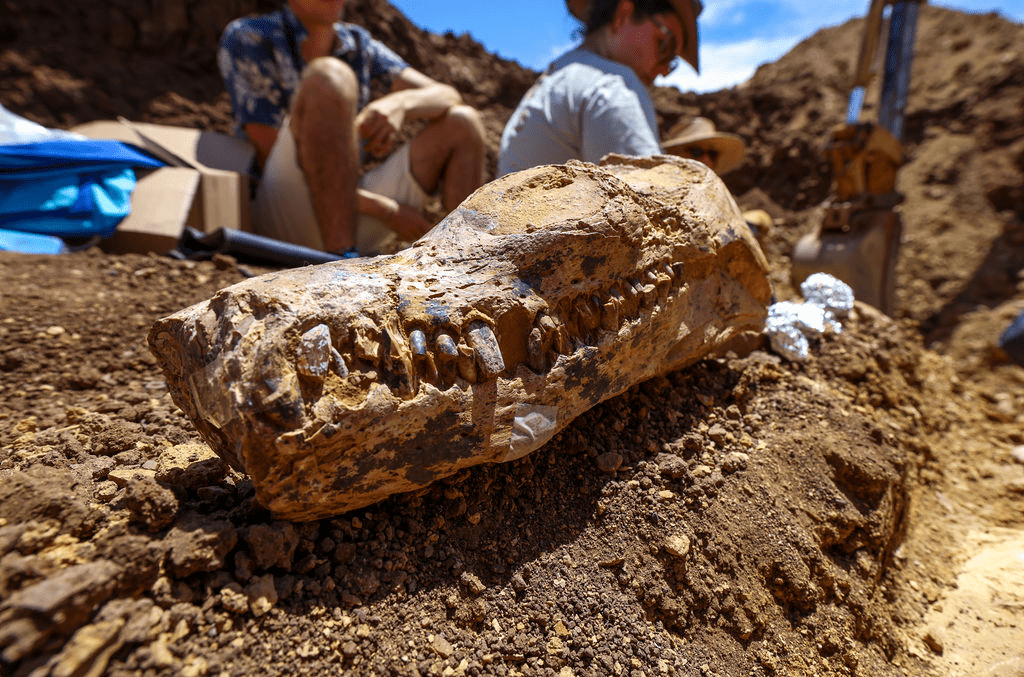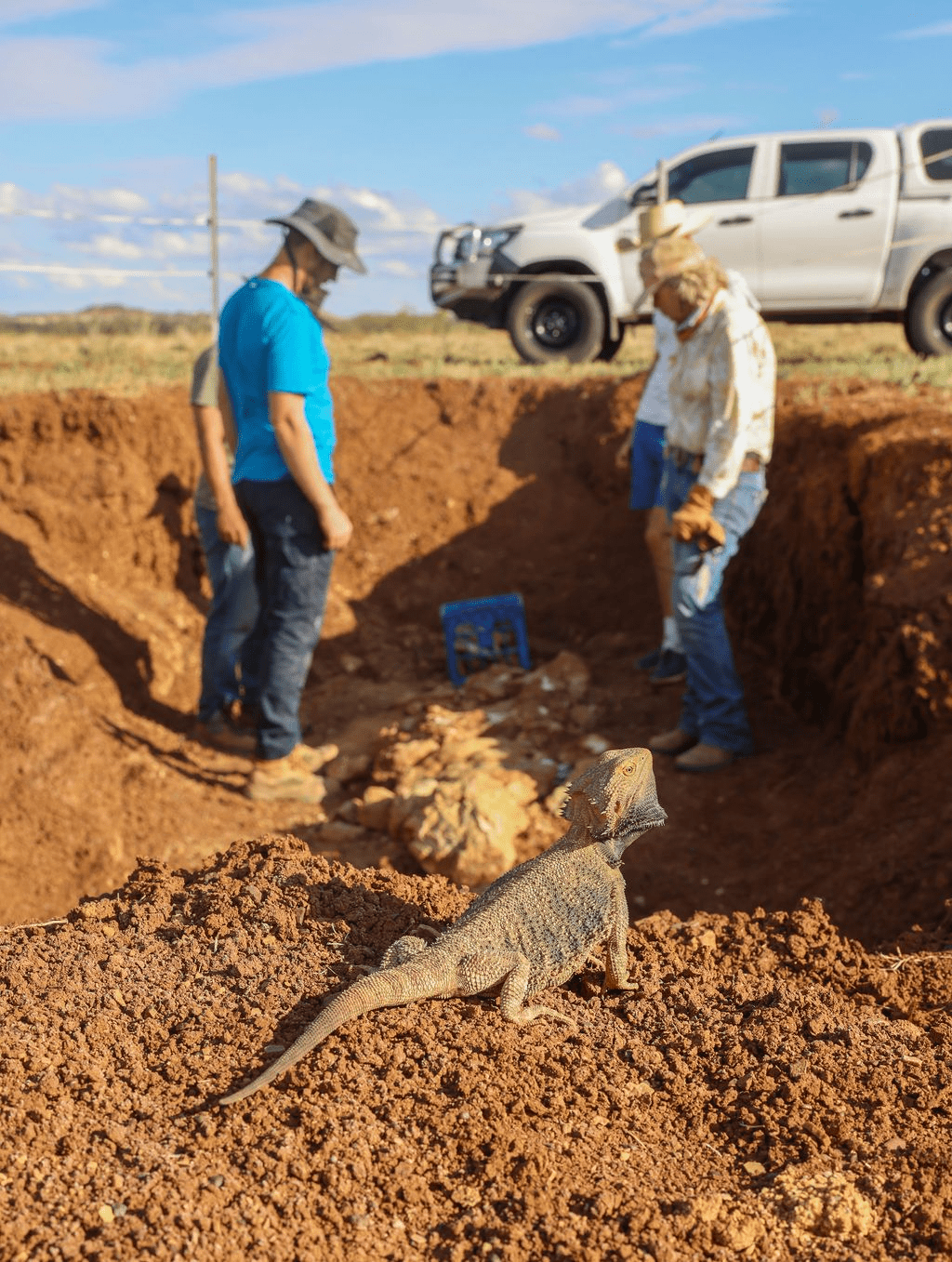There are probably many hazards from having a neck twice as long as your body. When it comes to leaving a legacy, one is the low chance your constituent parts will be preserved together so scientists millions of years later will be able to reconstruct the pieces. For elasmosaurs, a group of plesiosaurs whose heads were so far from their bodies they could have different GPS coordinates, this has created nothing but confusion.
The elasmosaurs that inhabited what was once Australia’s inland sea are a perfect example. We don’t know which of the several species whose bodies we have collected is the rightful owner of the one intact skull.
“Because these plesiosaurs were two-thirds neck, often the head would be separated from the body after death, which makes it very hard to find a fossil preserving both together,” said Dr Espen Knutsen, of the Queensland Museum, in a statement.

One hypothesis for why some plesiosaurs had such long necks is so that their heads could creep up on prey without them noticing its body. Image Credit: Queensland Museum
Consequently, Knutsen was excited when alerted to the discovery of a head, neck, and body of what has now been identified as an elasmosaur and given the nickname “Little Prince”, after its founder and land-owner Cassandra Prince.
After mentoring the subsequent efforts of Prince and friends to uncover the 6-meter-long (20-foot) juvenile, Knutsen took custody on behalf of the museum on a recent trip to western Queensland. He also collected numerous unrelated marine reptile fossils from the Cretaceous that Prince had found. However, he told IFLScience that these bits of plesiosaurs and ichthyosaurs are mostly fragments.
Most of Little Prince’s bones are still encased in rock. “The decomposition of soft tissues changed the chemical make up of the sediments around the bone after the animal died,” Knutsen told IFLScience. As a result, the bones are encased in limestone concretions. “On the one hand, this is good because it preserves the bones in three dimensions, rather than them getting flattened,” Knutsen continued. The cost, however, is that extracting the bones for detailed examination is an arduous process.

A modern lizard came to check out its ancient relative. Image Credit: Queensland Museum
Consequently, we know very little about Little Prince’s species, but Knutsen thinks he could prove a “Rosetta stone”, enabling scientists to work out how other elasmosaurs fitted together.
Known species of Australian elasmosaurs grew to 8-10 meters (26-33 feet) long. Yet they were still not the ecosystem’s apex predator.
One possible explanation for Little Prince’s missing flipper is that they were bitten off by a kronosaur, although Knutsen told IFLScience to confirm that the team will need to seek bitemarks on the surviving bones once the limestone is removed.
Why elasmosaurs evolved such bizarrely long necks is not known. Knutsen told IFLScience it could have been so their heads could sneak up on squid or fish unobserved, or to scour the seabed. “Sexual selection is also a possibility,” he added.

It’s hard to imagine the dry plains of Western Queensland were once an inland sea, but they certainly are flat enough. Image Credit: Queensland Museum
Along with being the first example of an Australian long-necked plesiosaur with both head and body (mostly) intact, Knutsen added such a find is globally rare. “There are a lot of bodies, or heads with only a bit of a neck,” he said. “You get similar issues with long-necked dinosaurs.” The problem is particularly acute for marine animals, which have a tendency to “bloat and float” after death, during which the head can come off.
Little Prince’s discovery, and the fact so many Cretaceous giants have been found nearby, are thanks to the hard work of Prince, her sister Cynthia, and cousin Sally, who scour the property’s 100 million-year-old bedrock where it is exposed. The trio, calling themselves the “Rock Chicks”, are continuing the legacy of Mary Anning, who found two nearly complete plesiosaur skeletons in Dorset’s Jurassic cliffs along with many ichthyosaurs and other ancient species.
Source Link: Rare 100-Million-Year-Old Plesiosaur Fossil Is "Rosetta Stone" Of Marine Reptiles